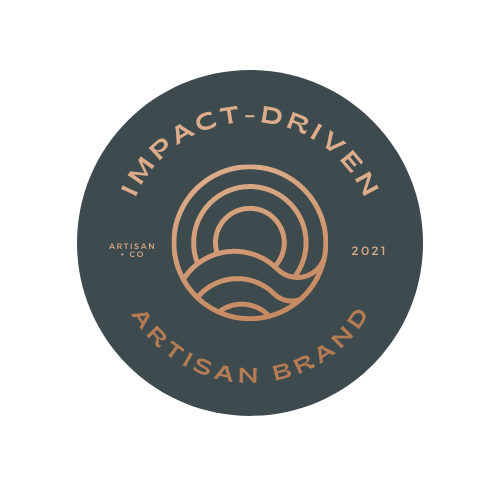The Ethical Minefield of Fibres
Tags
- thirteen (4)
- stories (3)
- book lists (2)
- circus (2)
- folklore (1)
- ghost stories (1)
- history (1)
- storytime (1)
- word lists (1)
Archives
- November 2025 (1)
- September 2025 (1)
- August 2025 (1)
- July 2025 (1)
- February 2025 (2)
- January 2025 (1)
- November 2024 (1)
- October 2024 (4)
- September 2024 (1)
- August 2023 (1)
The land & its spirits lie at the very heart of the Itinerant Bizarrium, both as a source of folkloric inspiration and as an ethical concern. This planet is all we have, and it crucial to all our futures that we respect and care for it.
Thus I try to make informed ethical choices in everything I do & create, beginning with fibres & textiles.
One measure of fibre sustainability is the Higgs Index, a core set of five tools that together assess the social and environmental performance of the value chain and the environmental impacts of products across topics such as water use, carbon emissions, and labor conditions. According to this measure, linen scores 22.2, cotton 9.1, & polyester a mere 1.5.

Drying linen stalks
Hence I use linen where possible; it is a natural fabric made from the flax plant and when left untreated - with synthetic dyes, for example - it is fully biodegradable. Flax is a renewable resource that grows well in all soil types, does not require any chemical pesticides & consumes around 60% less water than cotton. Plus, in creating linen fabric the entire plant is used, leaving no waste.
The Irish weavers from whom I buy yardage use flax grown in Belgium & spun in Italy - still a bit of travelling involved, but far fewer air-miles than cloth imported from the far side of the globe.
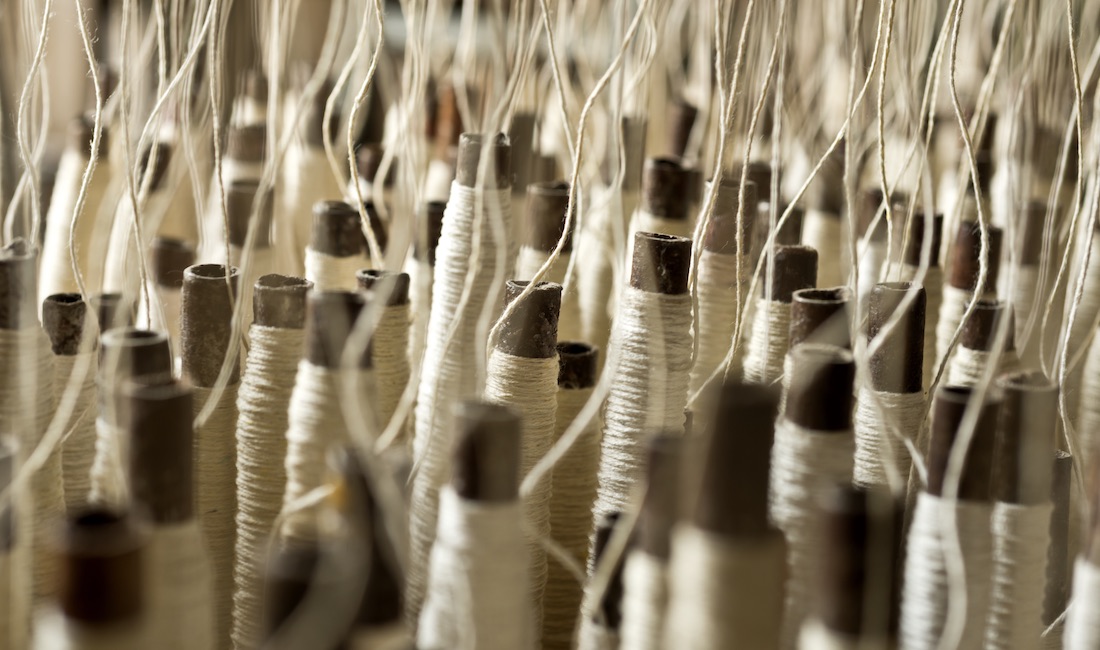
Spinning linen

Cotton plant
Cotton, meanwhile, carries a weight of environmental & historical problems. Not only is it a relatively demanding crop in terms of soil, water & pesticides, but its production - now, as previously - is fraught with worker exploitation. There are times, however, that it is just the fibre for the task at hand - in which case I look for GOTS-certified fabric (& have found an excellent supplier in Wales. Hurrah!)
Key facts about GOTS (Global Organic Textile Standard)
- GOTS approved products must contain at least 70% organic fibre content
- GOTS approved products never contain potentially harmful chemicals which can be found in conventional textile production
- GOTS approved companies are better for the environment (by managing their environmental impact, have high social standards, reduce energy and review water usage)
- GOTS means safe working conditions, no discrimination and no child labour
- GOTS approved products have the entire supply chain verified, even the farms must have certification to a legally recognised standard.
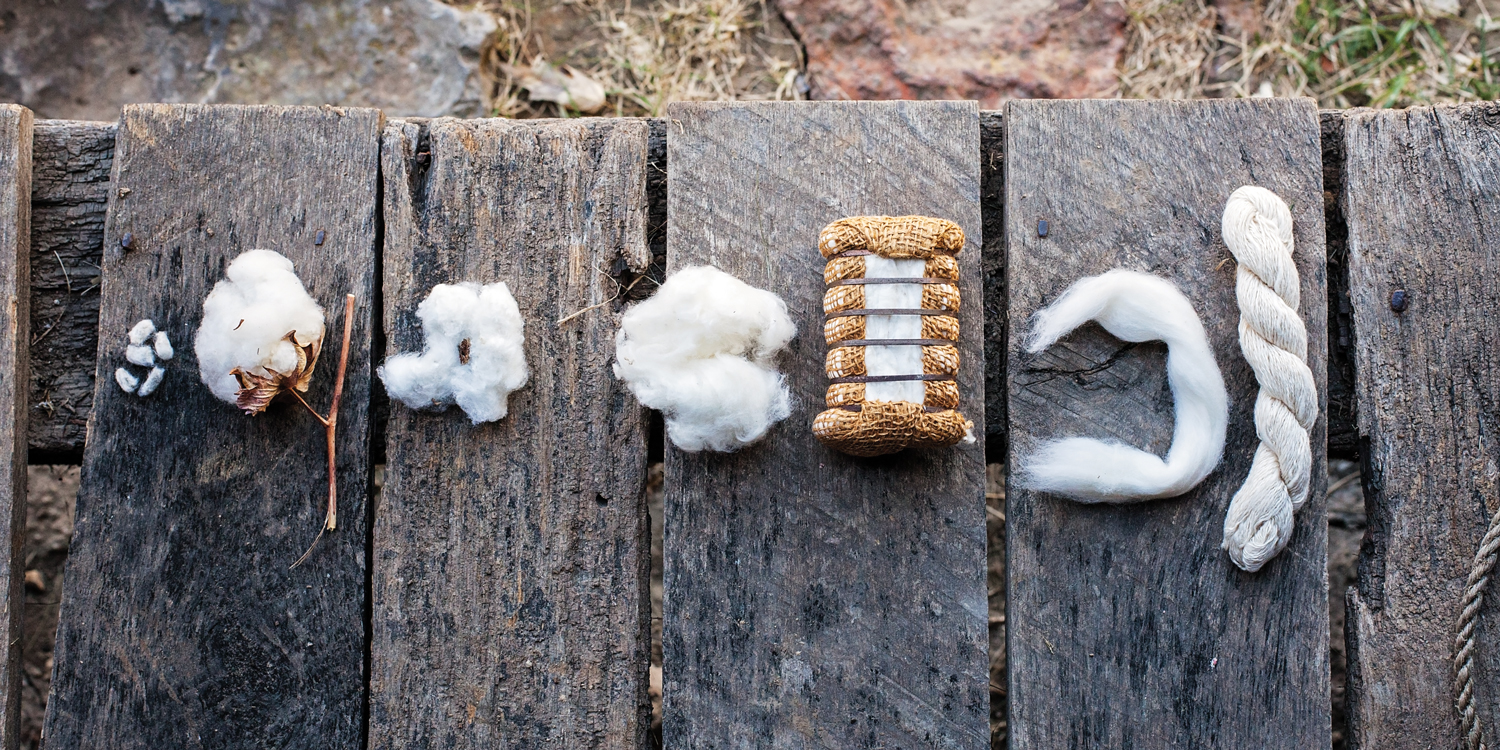
The cotton process
Then there is the vexed subject of stuffing.
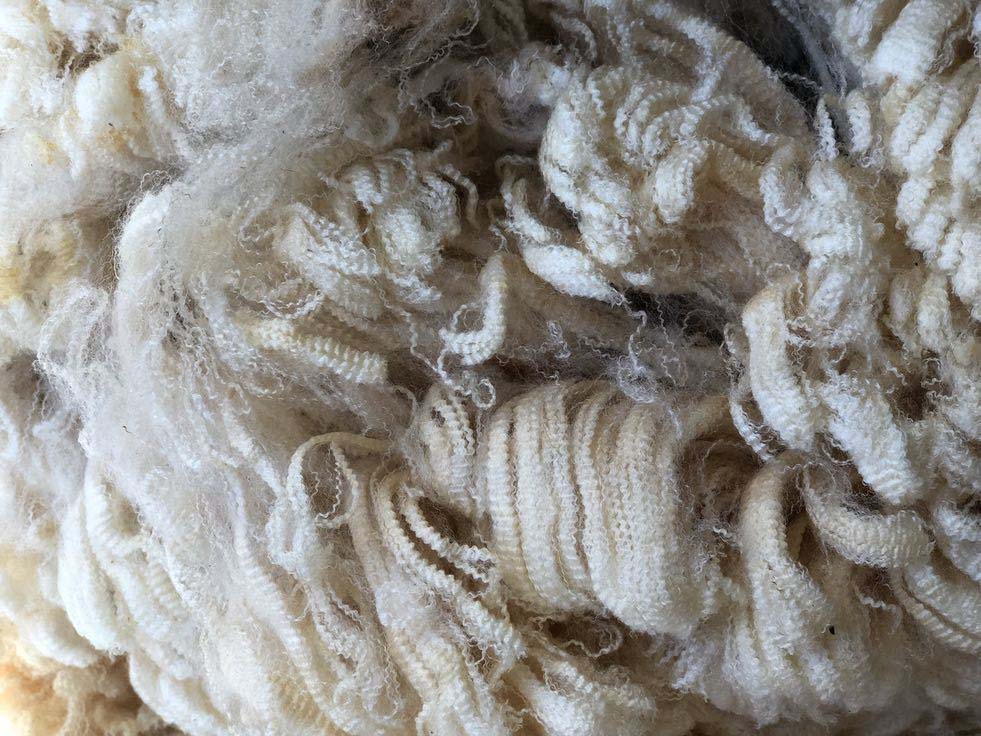
Un-spun merino wool
For years I have used recycled polyester fibrefill - lightweight, easy to use, not prone to flying everywhere. But...as I have recently discovered, abysmal in its environmental impact. Thus I am now using wool whenever feasible - some sourced from local (very local, as in the field at the end of our drive) sheep, and otherwise lambswool or merino waste bought from weaving factories in the north of England. Although there are concerns regarding animal welfare & deforestation associated with sheep farming, I figure that using fleece from local free-range animals, or industrial waste balances that to some extent. Also bear in mind that on average, wool fabric uses 18% less energy than polyester, and almost 70% less water than cotton.
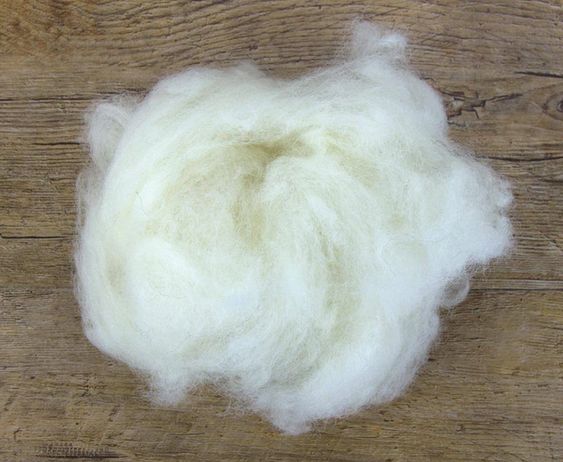
Carded lambswool
For larger pieces, however, wool is too heavy so I am experimenting with kapok. On the plus side, the kapok tree an important part of rainforest ecology, plays a pivotal role in forest preservation efforts, and there are claims that raising and harvesting kapok has the lowest environmental impact of all fiber materials in use today, except perhaps hemp. The trees are not cut down and do not require irrigation or any chemicals such as fertilizers and pesticides. Abundant seed pods fall and are gathered, opened up and the fiber removed, cleaned and baled for transport. The negative aspect is the transport involved, the Ceiba pentandra tree being native to Central America & the Caribbean.
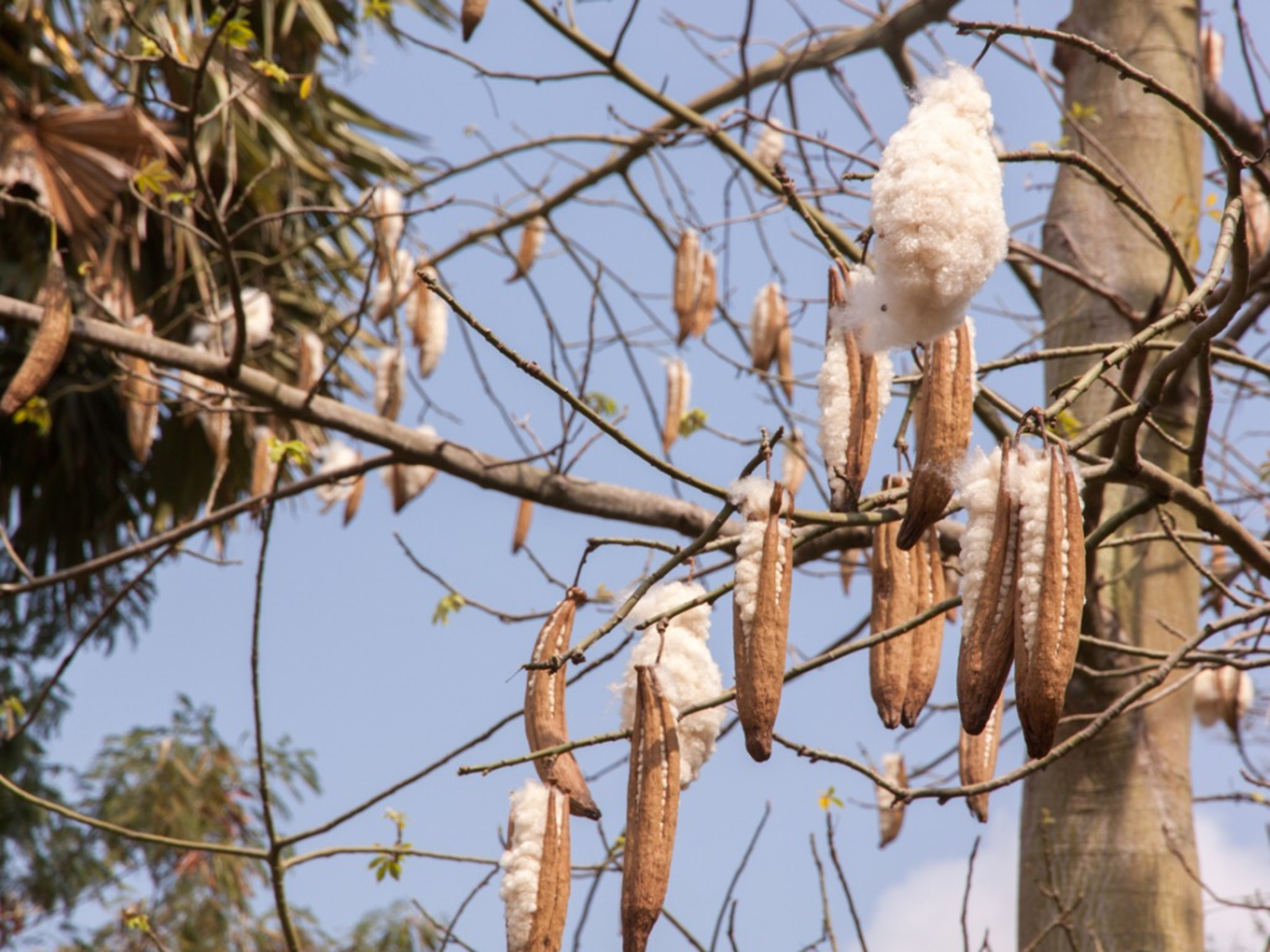
Growing kapok
